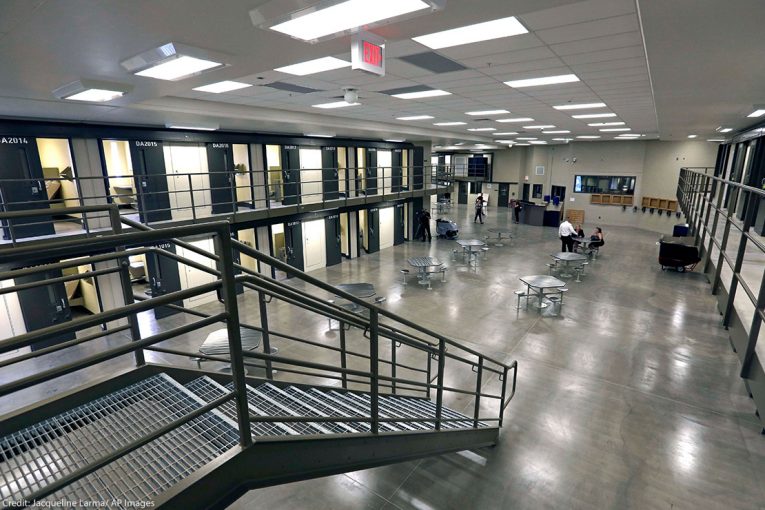

By Rena Abdusalam
WASHINGTON, DC – Representing eight percent of the state and federal prison population in 2020, the federal government and 31 states imprisoned 100,151 people, and according to data collected by the Bureau of Justice Statistics and The Sentencing Project, the number of people housed in private facilities since 2000 has increased 15 percent.
States show significant differences in their private prison usage. For example, 19 states did not employ any for-profit prisons, but Montana used its private facilities to hold half of its prison population.
The Federal Bureau of Prisons’ reliance on private facilities has increased by 79 percent since 2000, and the number of incarcerated people in its private prisons (including prisons, halfway houses, and systems of home confinement) amounted to 27,810 in 2020, according to federal and TSP data.
In 2020, the immigrant detention population of 38,724, which is 81 percent of the detained population, were confined in private facilities, according to the study.
Debating the causes and consequences of mass incarceration often summons the influence of prison privatization. Although the conditions in these facilities and allegations that it perpetuates more incarceration are well documented, the overall prison population and the harm caused by imprisonment generally dwarf the number of people in the private prisons, said TSP.